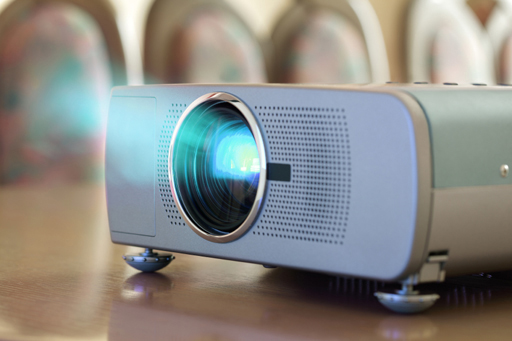4.2.1 Making effective use of visuals
Many of the talks you’ve experienced will probably have been accompanied by some sort of images projected alongside the speaker.
You may use visuals to:
- clarify something that would take a long time or be too complicated to explain in just words
- reinforce your key messages
- show graphically where you are in your talk.
You will also, no doubt, have experienced ‘death by PowerPoint’ – a speaker reading aloud slides full of small-print text, when you could have read it yourself in much less time or taken home a printed copy instead.
Some speakers find it reassuring to follow a pre-prepared script, while others find it easier to talk more freely, using notes or cue cards as prompts. Visual or audio cues, such as graphs, charts, pictures and video or sound clips, can provide structure and variety to a presentation. However, the use of technology requires practice to be effective.
Now watch Bill Davenhall’s video [Tip: hold Ctrl and click a link to open it in a new tab. (Hide tip)] again and consider the following points:
- Does he use visuals for his entire talk?
- When does he use the visuals? At which points in his presentation? What are they for?
- What technology does he use? Can everyone see the visuals, do you think?
- What impact do his visuals have on the audience?

